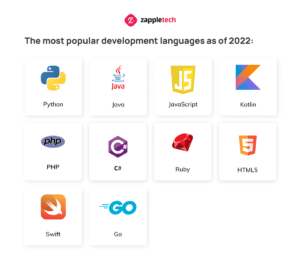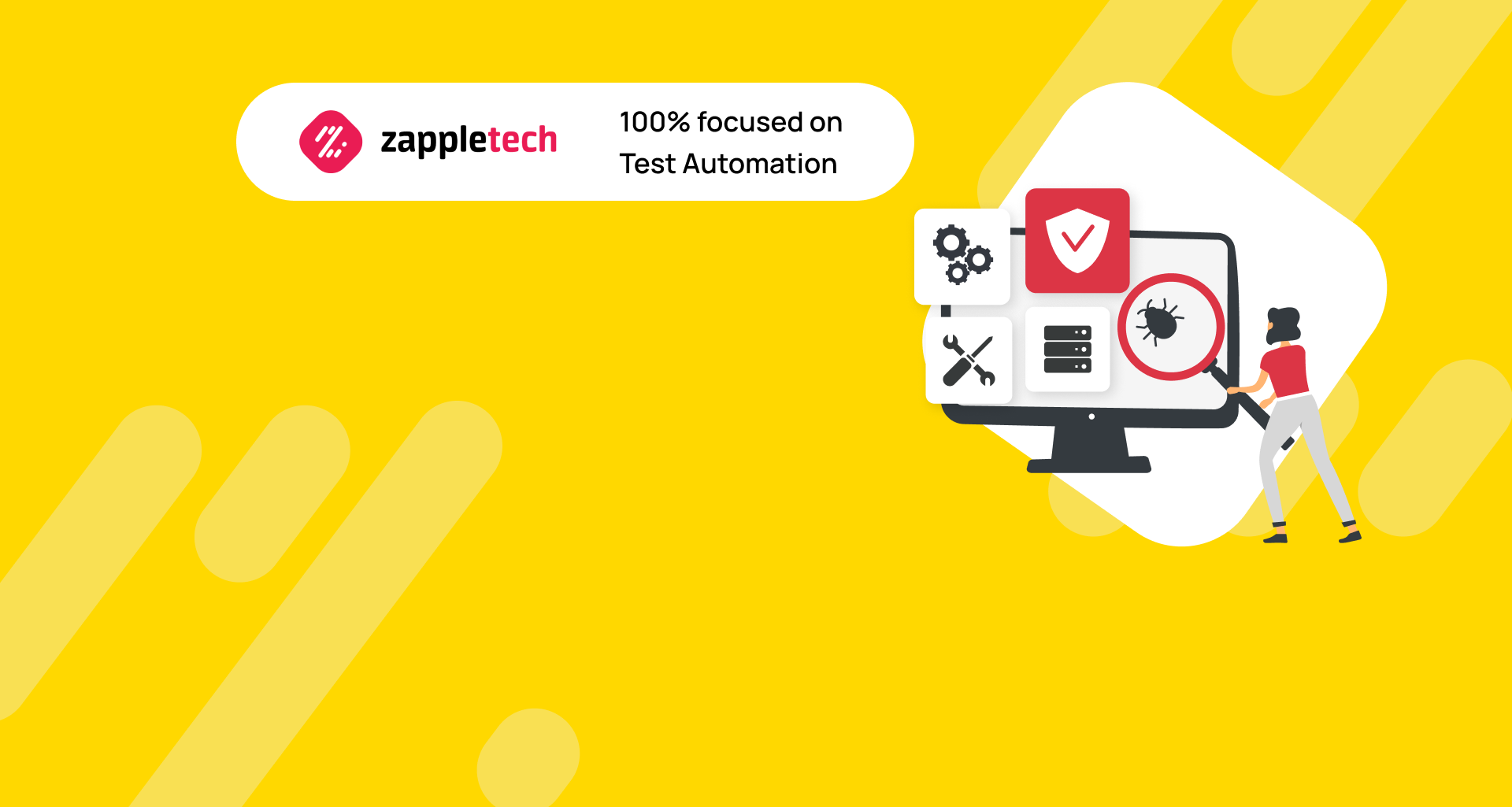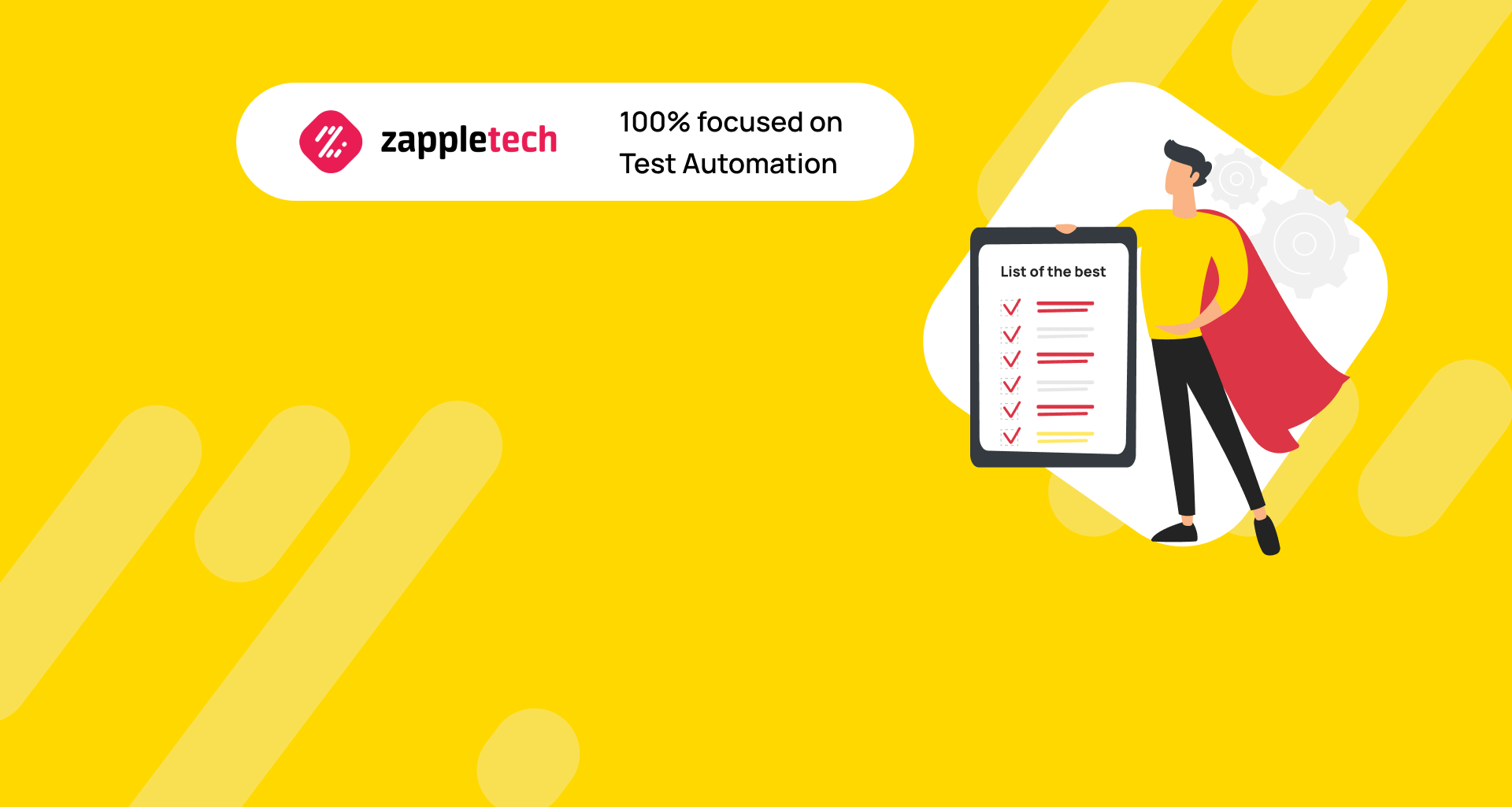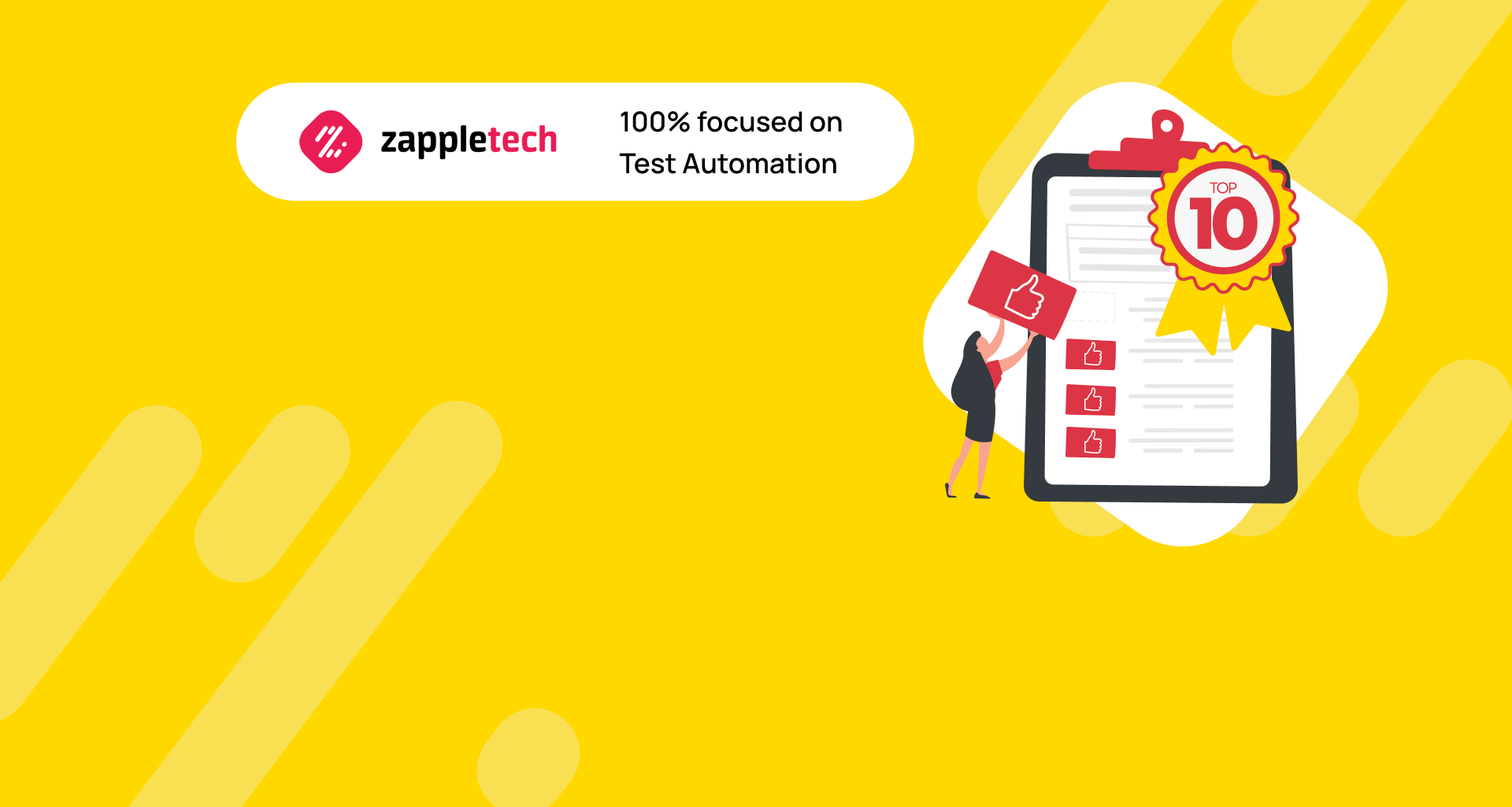Software quality has become a priority for companies digitalizing their business or developing new IT solutions. It is confirmed by the Verified Market report, in which analysts predicted the test automation market growth with a CAGR of 18.36% to $63.9 billion in 2028. It is due to the increasing number and size of investments in QA, which is responsible for the purity and stable performance of digital solutions.
While the industry is developing, the skills of specialists are growing and new, more advanced tools are being created for implementing various test cases, scenarios or complex checks. Lately, experts are striving to introduce advanced technologies directly into the process of finding bugs, integrating modern solutions into tools and methods, and approaches to solving problems. Let’s find out what trends will be relevant starting from 2022 and what tools will be at the peak of popularity in the coming years.
There is a growing emphasis on continuous testing and integration, where testing is integrated seamlessly into the development process rather than being a separate phase. This agile approach ensures that any issues are identified and addressed early on, reducing the likelihood of costly fixes later in the development cycle.
With these advancements, the future of software testing and quality assurance looks promising, and companies that prioritize these strategies will undoubtedly gain a competitive edge in the rapidly evolving tech landscape.
Table of Contents
Trends in Tools
As the digital world continually transforms and presents new opportunities, the arsenal of methods, techniques, and technical solutions employed in the pursuit of bug detection also evolves. This evolution is evident in the utilization of advanced analytical capabilities housed within data warehouses, as well as the integration of cutting-edge technologies like AI and machine learning. What trends await us in 2023? Let’s figure it out.
AI
Artificial intelligence is the dream of most developers. Modern progress in creating autonomous learning software is minimal, but its potential is enough to optimize most routine processes. For example, for the python integration test, you can use internal tools that can be automated and even train the test environment to perform specific actions systematically. The thing is that Python supports AI and machine learning technology. With the development of this area, the setting up of the environment will for bottom up integration testing to be simplified and will allow ordinary testers to realize the potential of AI to optimize the workflow.
Machine learning
Repetition of material is the key to successful learning. This principle formed the basis for the development of modern technologies. The mechanics themselves are primitive, but with proper connection with AI, you can achieve complete autonomy of any process. In testing, this technology makes it possible to simplify finding bugs by writing algorithms. As soon as all the modules and mechanics are debugged, you can almost completely abstract away by periodically making adjustments to the scripts.
Virtualization
Many test providers use cloud services that support virtualization to perform integration testing to save money and resources. This trend is intended to optimize resource consumption for routine processes, opening new opportunities for debugging digital products. Technology development allows you to reproduce a test environment that simulates a device, an operating system, or a separate component. It achieves peak productivity without wasting resources on the production system.
Cybersecurity
Digital security has long been a cornerstone of the networking industry. The risk of losing personal data still worries every second Internet user. In testing, cybersecurity plays a vital role because it allows you to protect work data from theft and external influences. That is why most tests are run in an isolated environment, cut off from the network or the parent system. Experts are actively studying the security issue, and soon, we will certainly see the results of their work.
Flexibility
Agile methodology is actively used not only by developers but also by testers. It allows you to set up a workflow flexibly and make adjustments to the project almost on the fly. Although this technique has been a favorite for the last decade, it continues to develop and test new approaches to solving standard tasks actively. Since Agile is the top methodology, it is likely that soon we will see new practices that will further customize familiar processes.
Popular Development Technologies
Technological trends are important, but where and how they are applied is much more significant. The main challenge of test automation and integration testing, in particular, is that there are many different development languages. A different toolkit is used for each of them, which allows you to squeeze everything out of scripts and scenarios for one specific syntax and logic and provide maximum, incremental integration testing and test coverage. Before considering popular testing tools, you need to understand what development languages will be popular in 2022 and choose test environments or complexes for them.
The most popular development languages as of 2022:
Python
Java
JavaScript
Kotlin
PHP
C#
Ruby
HTML
Swift
Go

This list can still be expanded as modules are tested with relevant frameworks, but the point is that different testing tools are required for each of the languages. That is why it is necessary to choose an integration testing tool.
Top Four Tools for Testing
Integration testing is one of the most important IT solution quality assurance components. It is necessary to choose the right system testing tools that can cover all the needs in the QA process. Next, we will introduce you to the best, in our opinion, integration testing tool.
Selenium
Probably one of the most favorite tools among testers and QA engineers. A relatively low threshold for entry and maximum flexibility in integration test cases and setting up scenarios make it possible to cover all key points with tests as much as possible and more effectively identify bugs. Thanks to the active support of developers and the community, this tool provides resources for full automation and parallelization of all tests.
Advantages:
Flexible toolkit.
API for integrating additional utilities and libraries.
Relatively low barrier to entry.
Clear and efficient syntax.
The test coverage area of IT solutions.
This tool allows you to test web apps as efficiently as possible. Support for virtualization and automation makes Selenium an essential component of a QA specialist’s arsenal.
Appium
An analog of Selenium but focused on unit testing of mobile and desktop apps. It has similar tools and capabilities and effectively allows you to automate and parallelize most integration tests.
Advantages:
Flexible toolkit.
Extended syntax for scripts.
Support for mobile and desktop apps.
Large community base.
Support for various test environments and integrations.

This tool is included in the list of must-have QA specialists. Thanks to critical modules made to it, most of the integration testing needs are covered, which saves resources and time for testing an IT solution.
Playwright
The optimal tool for testing team automating integration testing of web apps. Among the features is full support for parallelization and a cloud environment for tests covering all modern browsers.
Advantages:
Clear syntax.
Full coverage of test scenarios.
Maximum browser support.
Parallel function.
Maximum script automation.
This tool is one of the favorites for QA experts. Its arsenal of features is great for almost complete coverage of types of integration testing done.
Cypress
One of the best tools for automated testing, including integration one. With it, you can separate tests and more effectively test data to understand the performance of apps in different scenarios and on other OS, platforms, or browsers.
Advantages:
Easy interface for customization.
Flexible script editor.
Virtualization support.
Clear syntax.
Integration into complex solutions.

This tool is widely used by testers and QA engineers to solve problems of any complexity. Its functionality allows not only to make software modules conduct tests but also to organize reporting and even categorize it.
Summarizing
Maximum test coverage is one of the most important parameters for modern test automation tools. All solutions from our top perform their tasks and detect bugs of different importance levels as efficiently as possible. We recommend using these tools to ensure the quality of the IT product. If you need help with test automation, Zapple Tech will provide you with the best service at affordable prices. For consultation and ordering services, please contact our manager. Zapple Tech is a favorite in the QA space.




